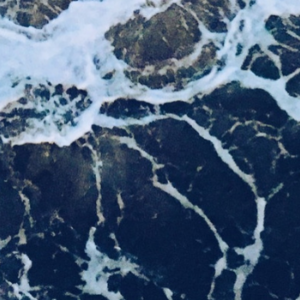Preventing Oil Tanker Spills

Stephen Hazell, Director of Conservation and General Counsel
Energy East, Northern Gateway, TransMountain. None of these projects are just about pipelines carrying Alberta’s oil sands crude oil. They are also about the giant oil tankers carrying the crude on a daily basis through, respectively, the Bay of Fundy, Hecate Strait and the Salish Sea.
All three of these seas are ecologically priceless and biologically rich, renowned for their abundant birds, fish, whales, and other marine mammals. The Bay of Fundy alone has 14 Important Bird Areas (IBAs) annually hosting over a million shorebirds, with concentrations of Humpback, Fin and endangered North Atlantic Right whales.
Boundary Bay Important Bird Area just south of Vancouver adjacent to the TransMountain oil tanker shipping lane may be Canada’s most important IBA on the west coast with millions of birds visiting every spring and fall, hundreds of thousands of resident geese and ducks, and more wintering raptors than anywhere else in Canada.
What are the risks that a mishap involving one of these “oil sands” tankers results in an Exxon Valdez-size spill? Such an oil spill could be catastrophic for birds, whales, fisheries and tourism in all of these waters—absent a timely and successful clean-up.
What is the likelihood that the combined efforts of governments, industry and local communities could achieve this clean up before the oil does its deadly (for wildlife), polluting work? Skepticism is justified given the evidence of the small April 2015 oil spill in Vancouver harbour and the gigantic 2010 BP Deepwater Horizon spill in the Gulf of Mexico. Both spills occurred in benign weather, on calm seas, and close to oil spill emergency responders. Neither clean-up operation went well—to put it mildly.
What are the chances of a successful clean-up of a major oil spill in the Hecate Strait where storm seas can reach 26 metres in height?; in the Salish Sea with its powerful winter storms, narrow channels and many navigation hazards? or in the Bay of Fundy with its even worse weather and four to nine metre tides?
Nature Canada is on it. We intervened with experts and lawyers in the Northern Gateway and TransMountain hearings with BC Nature and the Environment Law Centre of University of Victoria. We have applied to intervene (again with experts and lawyers) in the upcoming Energy East hearings with Nature NB and East Coast Environmental Law.
Nature Canada’s job is to be a voice for nature at these hearings. Our job is to ensure that the National Energy Board has heard the best evidence as to the risks of a marine oil spill and the best ways to prevent a spill and clean it up (assuming that possibility exists), as well as the significance of the impacts on nature in case there is a spill.
Working through the scientific and technical evidence at these hearings day after day is painstaking work that doesn’t necessarily attract television coverage or newspaper headlines. Nature Canada is nonetheless convinced that our approach is critical to ensuring that the oil company proponents are held to account and that government decisions ensure that the integrity of these marine ecosystems is sustained for our children and grandchildren—not to mention the birds and the whales!



